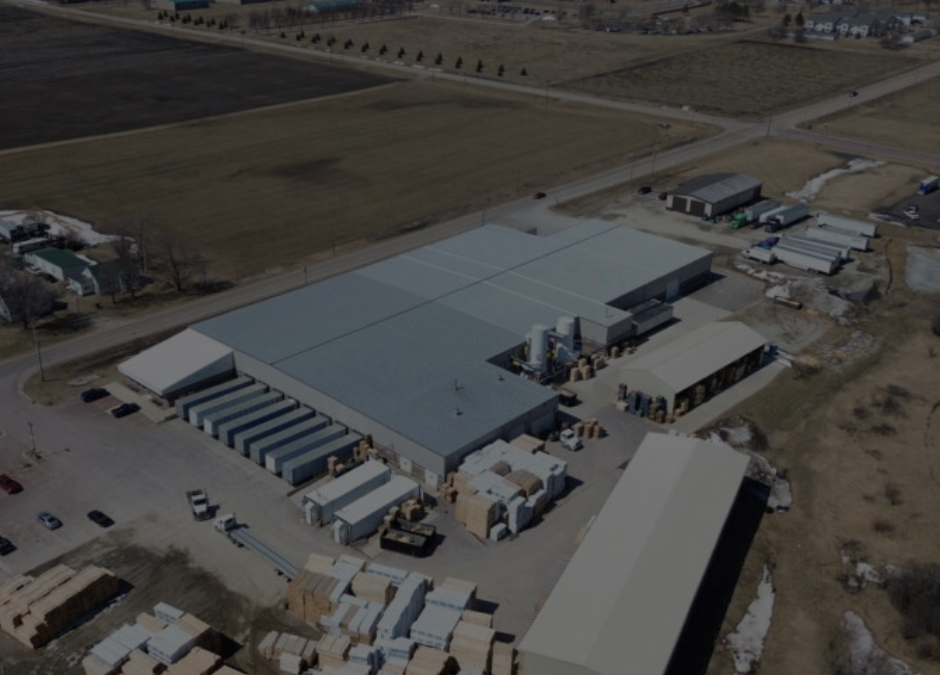Automation has been the key to weathering business cycles and continuing to grow for the last two decades at Berry Pallets in Waseca, Minnesota. Currently, Berry Pallet receives six to seven Semi truckloads of soft wood lumber each day to process on three lines, for two shifts a day. Operating five days a week, they produce up to 4000 pallets per day.
All three lines have wood processing equipment from Automated Industrial Technologies––high-speed cross cut and high-speed rip saws with output to two M2L Series Stackers on each line. “The person who was hand stacking couldn’t keep up, but the stacking machine does”, said Berry. Each M2L board stacker is attended by one operator. With a digital visual scanner for grading lumber and multiple machines stacking pallet boards, they were able to optimize the sawing capacity to match the demand at their nailing machines.
New to the automation solutions running at Berry Pallets is a cut board singulation and metering machine by AIT, named ABSAMS, that flips that cut stock coming off the saw and keeps boards moving to downstream equipment at programmed speeds to prevent jams and workflow interruption.
Another benefit to line automation at Berry Pallets since 2015 is that faster and more accurate saws created extra capacity, so now Berry is selling packs of various width pallet boards to others.
“I’d say that the main reason to automate is to speed up production and relieve monotonous work”, explains Richard Berry, owner. “As our company grew, it became obvious that there are throughput limitations with running band saws and hand stacking boards on our saw lines.” Employee safety and keeping good workers was also a concern.
Berry explains that the way they lessen labor churn is to automate the repetitive and dangerous tasks like sawing and stacking because if an employee doesn’t like it, they walk off. Berry Pallet still experiences some turnover, but as their business has grown through the years, automation has made it easier to increase the workforce and curb the employee turnover. “Truthfully, automation actually creates demand for a person with machine skills and I offer higher pay for that person.”
When asked about return on their investment, Berry didn’t hesitate. “I’m an old-fashioned type but I check things out and listen to new ideas. I like to ‘kick the tires’ so when I saw the M2L Board stacker running and talked with AIT and Pallet Machinery Group, I knew these machines were the next best thing to make our job easier, reduce labor, and increase production.” Berry admitted he didn’t necessarily factor when the machines would be paid off. “Safety, efficiency, and the throughput—more linear feet per hour—were our biggest considerations.”
